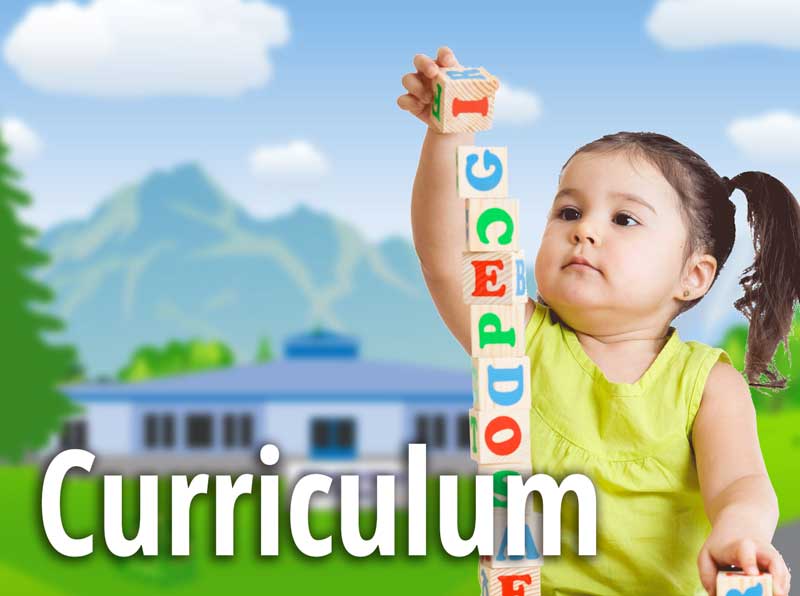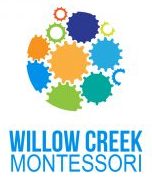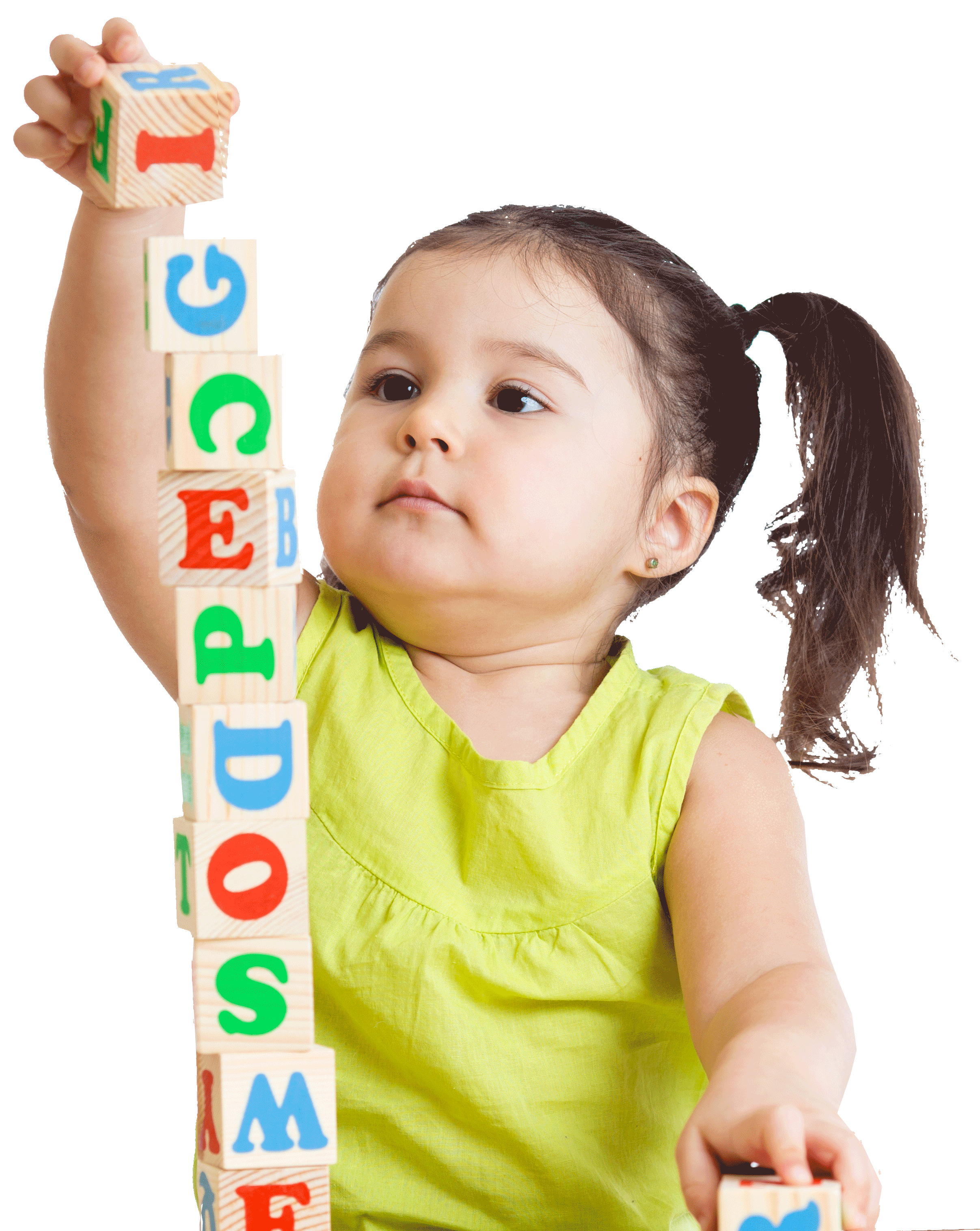
Schedule of Daily Activities
Is Montessori Right for Your Child?
Every parent has the difficult task of choosing what school will provide their child with the experience that is best for them. We want you to make an educated decision that is right for your child and your family’s goals and values. Below is a side by side comparison of the differences between Montessori and traditional early education programs.
Contact Us
7839 S. Highland Drive
Cottonwood Heights, UT 84121
801-942-2929


